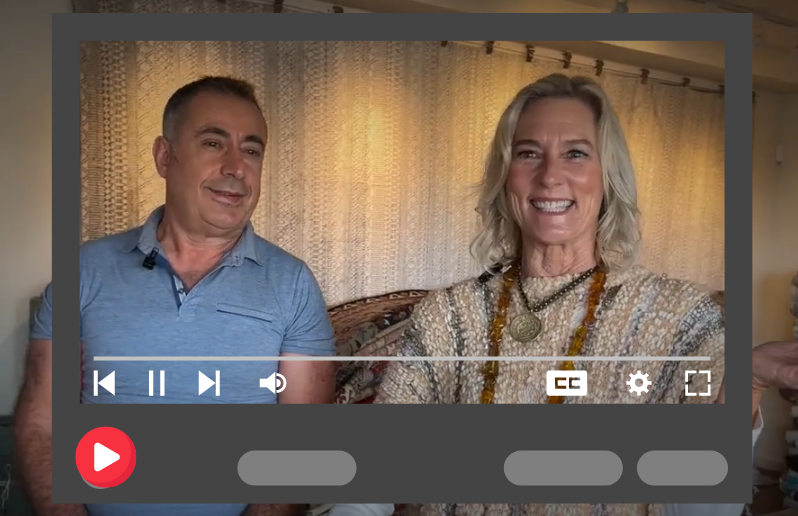ARREDIAMO
Arrediamo Summerland, CA specializes in importing only the finest, authentic, hand-knotted, vegetable dyed, hand-spun wool or silk rugs for your home or office.
We are proud to offer the Southwest’s largest collection of handmade contemporary, southwest, traditional and antique Persian, Turkish, Afghani, Tribal, and Tibetan rugs. But to better understand Arrediamo’s dedication to quality and authenticity, one must first get to know its owner, Rem Yildirim, the man whose knowledge and expertise have made this unique rug emporium possible.
THE ART OF THE HANDMADE RUG
Rugmaking by hand goes back centuries. Nobody knows for sure when the first rug was made, but it is believed that the first hand-knotted carpets originated from nomadic tribes of central Asia, who processed wool into the first flat woven fabrics sometime around 500 BC. Today, machine made rugs are a multi-million-dollar industry, but nothing beats a rug made by hand, with all-natural fibers and colors. Telling the difference takes a trained eye and a dedication to the craft.
A professional rug dealer knows to look at the back of the rug, first. If it is machine-made or power loomed, it usually has backing. If it doesn’t have backing, you can see the knots, which are usually slightly uneven and not uniform. A hand-knotted rug will also have an underside that mirrors the top. The more detail in the design when looking from the back, the better the quality. The colors will also be brighter, because they spend less time in the sun, or experiencing regular wear. Then, there is the fringe. If it is sewn on, it’s a machine-made rug. If it is an extension of the rug foundation, it is handmade.
WHAT MAKES HANDMADE RUGS SPECIAL?
The most important aspect of handmade rugs is their durability. Whereas a machine-made rug will fade over time and may last 20 years, a handmade rug’s colors will only deepen and can last centuries. It can take 30 or 40 years for the natural colors to settle. Unlike chemical dyes, vegetable dyes take years to soften and for the colors to mellow. And, if properly cared for, that rug will still be soft and comfortable for many generations. This is due to better labor; better knot counts and better materials.
Also, every 50 years or so, designs change. Because of this natural progression, it becomes easier to tell which era a rug comes from. Master rug makers pay close attention to what designs and colors are desirable, working them into their looms using a high level of care and consideration, to create unique, one-of-a-kind products. That, in turn, makes them more valuable. A 200-year-old rug would have very unusual colors and patterns compared to newer ones. It’s a process that is very hard to duplicate.
A style very popular in our region is the Summerland, CA style, which is very uneven and rustic. One hundred percent hand-spun wool is dyed using only vegetable colors. Bright colors are interwoven with earth tones mimicking dimensional materials like rock and wood. These are especially desirable in older homes, where distressed wood and natural materials are common. The very simple, uneven and primitive look of these rugs complement the style of an older, especially pueblo style home, as are found in Summerland, CA. They feature some bright colors, but are not too flashy.

